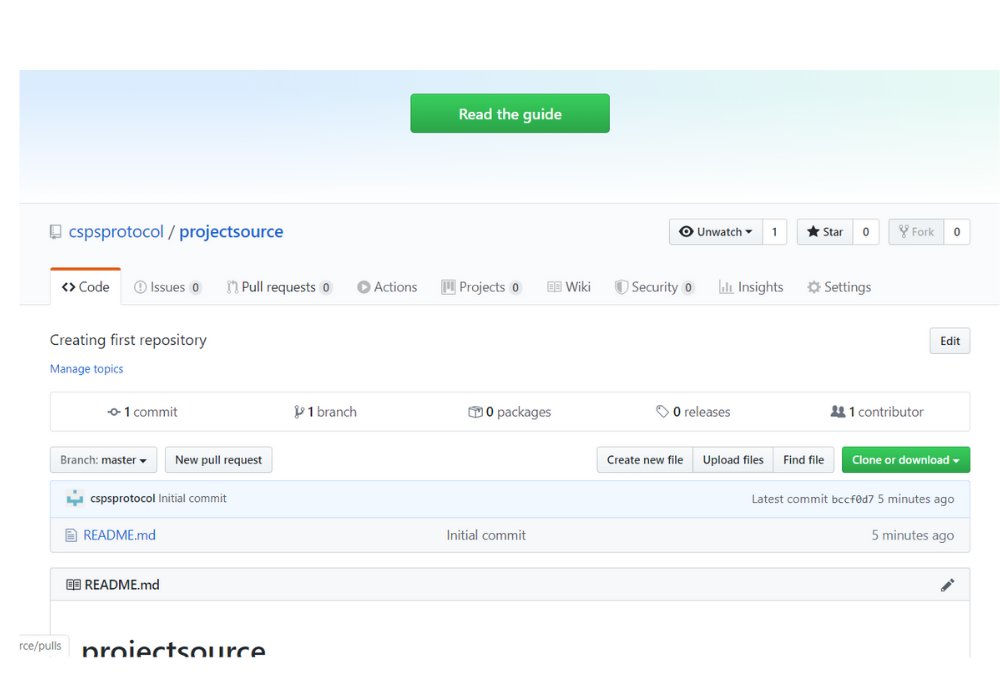
Tack it on to your repository, tell it what kind of files to watch, and then pretty much forget about it. Git LFS is at the other end of things: a bit nicer-looking, a bit more straightforward, and significantly simpler. The git-annex project site reveals a lot: plenty of features, updates, discussions, and enough threads that some sort of trail off. It’s easy enough to check in files and sync them among various locations, but there are also testing tools, a web-based GUI, and lots of options you can use in different situations. In other words, my experience with Annex is that it’s full-featured and a bit less focused in its approach. Git LFS is more like your large file personal assistant, working alongside you to keep track of things you’ve pointed out.

#GIT ANNEX COMMANDS PRO#
You’ll need to walk up to ask your question or return your book, but the librarian can help you in a variety of ways by getting books moved around, checking up on things, and generally being a pro at cataloging stuff. Think of Git Annex as an experienced librarian waiting at the information desk. GitHub opted to support Git LFS, which I’ve only started poking at now that GitLab decided to support it, too.īut which one to use? Each will help you solve that large-file problem in a slightly different way. I’ve been working with Git Annex thanks to GitLab’s adoption early this year. “Idiot,” they snarked, begrudgingly fixing your mistake while secretly acknowledging that you had a point.

Many of us have felt the shameful sting of committing a large file to an otherwise pristine repository.


 0 kommentar(er)
0 kommentar(er)
